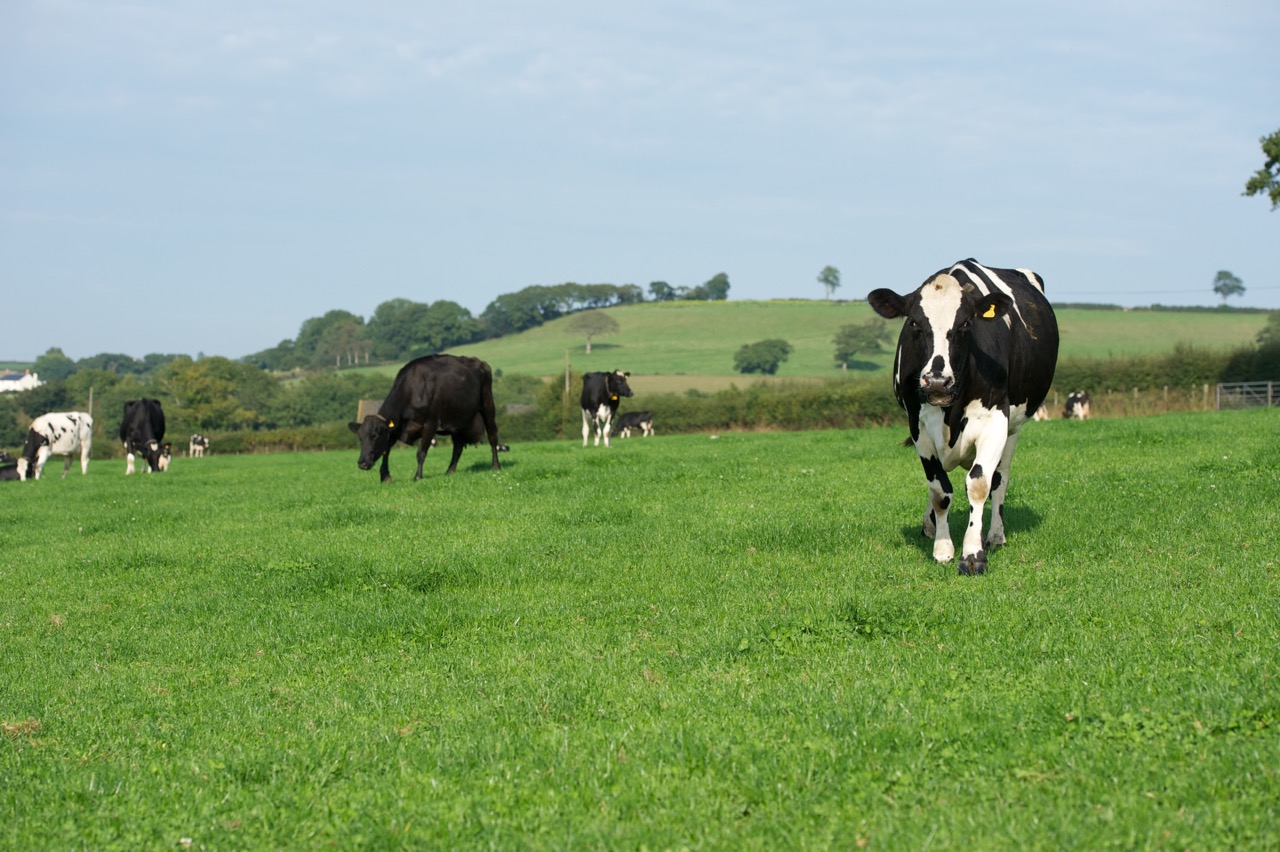Making concentrate feed available through the robot is one of the key ways to encourage cows to voluntarily visit the robot and, therefore, has a key role to play in governing the number of visits a cow will make each day. But balancing the amount of feed provided through the robot to ensure that the nutritional requirements of the cow are met is not always that simple, particularly when cows are at different stages of lactation. We spoke to Stewart Watson, technical feed adviser for Hutchinson’s Feeds in Northern Ireland, to find out more.
One of the key things to get right on a robotic milking system is the feeding regime. The feeding approach needs to provide sufficient nutrients to the cows to maintain yield and body condition, whilst providing enough flexibility to encourage voluntary visits to the robot and avoid late lactation cows getting over fat.
“Generally robots are set up to provide a maximum of around 3.5 kg of feed per visit,” explained Stewart. “This is to avoid ‘slug feeding’ of concentrates to reduce the chance of acidosis. That’s all very well but the problem with this approach is that a 45 litre cow will typically need around 14-16kg of concentrate per day and she’ll only get that if she visits the robot 4 or more times.”
One obvious solution to this problem would seem to be feeding via a total mixed ration (TMR), but that brings problems too, Stewart reckons:
“If cows are fed on a TMR then it is hard to encourage voluntary visits to the robot as the cows aren’t hungry,” he said. “This increases labour requirements as cows may need to be collected to ensure that they visit the milking unit. It can also result in late lactation cows being overfed and becoming too fat, resulting in potential problems with fertility in the next lactation.”
A recommended approach is to feed a partial mixed ration (PMR) to cows, with a mixed diet being provided down the barrier, with additional supplementation either via the robot by itself or via the robot in conjunction with some out of parlour feeders.
“Typically, robot manufacturers recommend feeding a diet down the barrier that provides for 7 litres below the average milk yield of the herd. What this means is that if your herd is averaging 25 litres a day you would feed a mixed ration to provide maintenance plus 18 litres, with the remainder being provided via the robot.” Stewart explained.
“This provides the perfect balance – ensuring that cows visit the robot frequently to be milked and have sufficient intake in a rumen friendly pattern during the day.”
“Whilst it is not necessary for all herds, we have found that the use of out of parlour feeders in combination with the robot provides a very flexible option for targeting concentrates on high yielding herds,” he explained.
“It gives you the ability to use different feeds and ensure adequate intakes without the cow having to visit the robot too frequently. We also recommend including Actisaf yeast in the diets of cows milked on a robot as it helps reduce the risk of acidosis.”
Overall, Stewart reckons that attention to detail is the key to successfully feeding cows on a robot system. “It is all about monitoring individual cows to see what they are eating and how they are milking and then tweaking the feeding system on the robot to achieve your objectives,” he concludes. “Whilst the robots have automated ‘feed to yield’ programmes within them, the systems can be overridden to give you control over what happens.”

